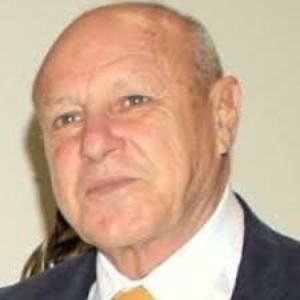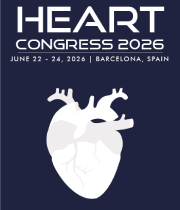Coronary Restenosis
Coronary restenosis is a medical condition characterized by the narrowing or blockage of coronary arteries after an initial intervention, such as angioplasty or stent placement, to treat coronary artery disease. Despite the success of these procedures in restoring blood flow to the heart, restenosis can occur over time, leading to recurrent symptoms like chest pain or angina. The underlying mechanism involves the re-growth of tissue within the treated artery, known as neointimal hyperplasia, or the recurrence of atherosclerotic plaque. Various factors contribute to the development of coronary restenosis, including patient-specific characteristics, procedural techniques, and the type of devices used. Researchers and clinicians continually strive to develop strategies to minimize the risk of restenosis, such as drug-eluting stents that release medication to inhibit tissue growth. Management often involves a combination of medications and lifestyle modifications to address the underlying coronary artery disease and reduce the likelihood of recurrence, highlighting the ongoing challenges in optimizing long-term outcomes for patients with cardiovascular conditions.

Shuping Zhong
University of Southern California, United States
Ahdy Wadie Helmy
Indiana University School of Medicine, United States
Federico Benetti
Benetti Foundation, Argentina
Ishan Abdullah
George Washington University School of Medicine and Health Sciences, United States
Sana Tariq
Manchester University NHS Foundation Trust, United Kingdom
Achi Kamaraj
Royal Brisbane and Women’s Hospital, Austria




Title : Fats of Life, the skinny on statins and beyond !
Ahdy Wadie Helmy, Indiana University School of Medicine, United States
Title : Study of pathological cardiac hypertrophy regression
Shuping Zhong, University of Southern California, United States
Title : Personalized and Precision Medicine (PPM) and PPN-guided cardiology practice as a unique model via translational applications and upgraded business modeling to secure human healthcare, wellness and biosafety
Sergey Suchkov, N. D. Zelinskii Institute for Organic Chemistry of the Russian Academy of Sciences, Russian Federation
Title : Pharmacological advancement in pulmonary arterial hypertension treatment - Contribution of treprostinil dry-powder formulation
Miroslav Radenkovic, University of Belgrade, Serbia
Title : Cardiovascular nanomedicine: Stopping strokes, unclogging arteries and restoring heart function
Thomas J Webster, Hebei University of Technology, China
Title : Historical evolution from OPCAB to MIDCAB to mini OPCAB surgical technique and results
Federico Benetti, Benetti Foundation, Argentina